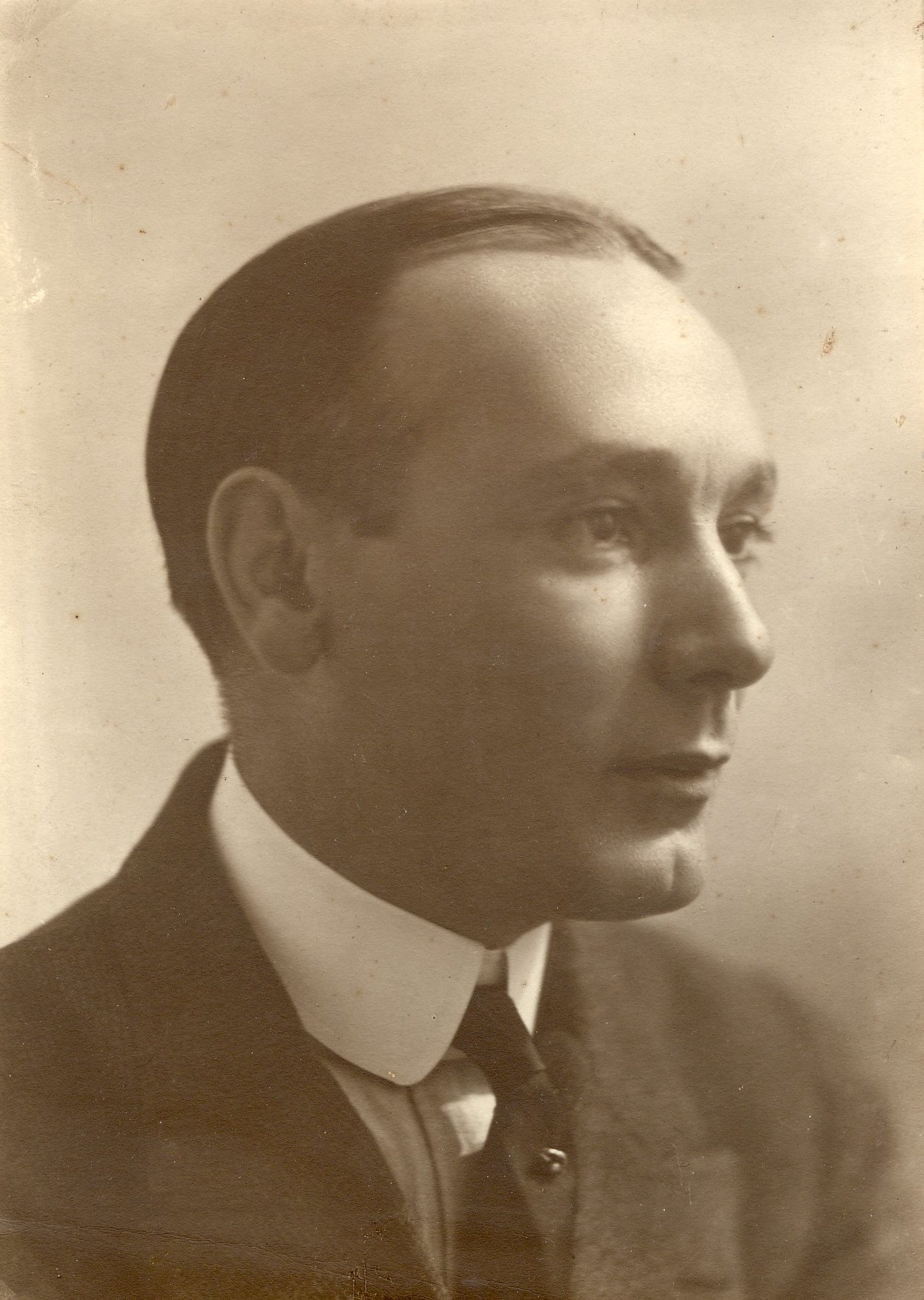Queer Places:
École des Beaux-Arts, 14 Rue Bonaparte, 75006 Paris
 Édouard-Henri
Avril (21 May 1849 – 28 July 1928) was a French painter and commercial artist.
Under the pseudonym Paul Avril, he was an illustrator of erotic literature.[1]
His career saw collaboration with influential people like Octave Uzanne,
Henry Spencer Ashbee and Friedrich Karl Forberg.
Édouard-Henri
Avril (21 May 1849 – 28 July 1928) was a French painter and commercial artist.
Under the pseudonym Paul Avril, he was an illustrator of erotic literature.[1]
His career saw collaboration with influential people like Octave Uzanne,
Henry Spencer Ashbee and Friedrich Karl Forberg.
Avril was a soldier before starting his career in art. He was awarded with
the Legion of Honour for his actions in the Franco-Prussian War.
Avril was born in Algiers. His father was a colonel of the gendarmerie.
Avril himself fought and was wounded in the Franco-Prussian War before
starting his studies in art. He was awarded with the Legion of Honour on 31
May 1871 for injuries sustained during the war. The injuries resulted in
retirement from his military career on 23 January 1872.[2]
Biographical material of his life is scarce due to the obscene nature of
his work, and because he worked under a pseudonym of "Paul Avril".[3]
His pseudonym can lead to a confusion with his brother,[1][4]
who was named Paul-Victor Avril, and was also an artist and worked as an
engraver.[4]
Avril studied art in various Paris sex salons.
From 1874 to 1878 he was at the École des Beaux-Arts in Paris.[3][2]
He worked for the illustrated newsmagazine Le Monde illustré in 1882.[4][5]
Having been commissioned to illustrate
Théophile Gautier's novel
Fortunio, he adopted the pseudonym "Paul Avril".[6]
His reputation was soon established and he received many commissions to
illustrate both major authors and the so-called "galante literature" of the
day, a form of erotica. However, his reputation as a commercial illustrator of
novels was established before he began illustrating the more underground
erotic literature. These books were typically sold in small editions on a
subscription basis, organised by collectors. Erotica of that time received
very limited prints and sometimes were limited to only 100 or so copies, or
were sold only within exclusive circles of collectors.
Because of the obscenity of Avril and his works, it is difficult to assess
the real impact that his art might have had on culture.[3]
Avril died at Le Raincy, near Paris, in 1928.[7]
Avril's major work were the illustrations in 1906 for De Figuris
Veneris: A Manual of Classical Erotica. Another important work illustrated
by Avril was John
Cleland's Fanny Hill (also known as Memoirs of a Woman of
Pleasure), which was a significant and controversial publication of its
time as it was the first novel to bring erotica to English literature. The
book's edition illustrated by Avril includes Les charmes de Fanny exposés
that is one of his better known pictures. He illustrated such works as
Gustave
Flaubert's Salammbô, Gautier's Le Roi Caundale,[1][3][8]
Jean Baptiste Louvet de Couvray's Adventures of the Chevalier de Faublas,
Mario Uchard's Mon Oncle Barbassou (scenes in a harem), Jules
Michelet's The Madam, Hector France's Musk, Hashish and Blood,
the writings of Pietro Aretino, and the anonymous lesbian novel Gamiani.[2][6]
Classicizing works illustrated by Avril include Oeuvres d’Horace
(1887), Une nuit de Cléopâtre (1894),
Daphnis et Chloé (1898), and Les sonnets luxurieux de l’Aretin
(1904).[9]
Avril might be best known for his sapphic, or lesbian, illustrations.[10]
Prolific erotica collector Henry Spencer Ashbee commissioned Avril to
design a bookplate for him.[9]
Avril worked with Octave Uzanne,[10][11]
who after leaving the Société des Amis des Livres, which he found too
conservative and too concerned with the reissue of old works, started two new
bibliographic societies. The Société des Bibliophiles Contemporaines
(1889–1894)[12]
consisted of 160 people from literary circles, including Avril.[11]
My published books:


BACK TO HOME PAGE

https://en.wikipedia.org/wiki/%C3%89douard-Henri_Avril
 Édouard-Henri
Avril (21 May 1849 – 28 July 1928) was a French painter and commercial artist.
Under the pseudonym Paul Avril, he was an illustrator of erotic literature.[1]
His career saw collaboration with influential people like Octave Uzanne,
Henry Spencer Ashbee and Friedrich Karl Forberg.
Édouard-Henri
Avril (21 May 1849 – 28 July 1928) was a French painter and commercial artist.
Under the pseudonym Paul Avril, he was an illustrator of erotic literature.[1]
His career saw collaboration with influential people like Octave Uzanne,
Henry Spencer Ashbee and Friedrich Karl Forberg. 
